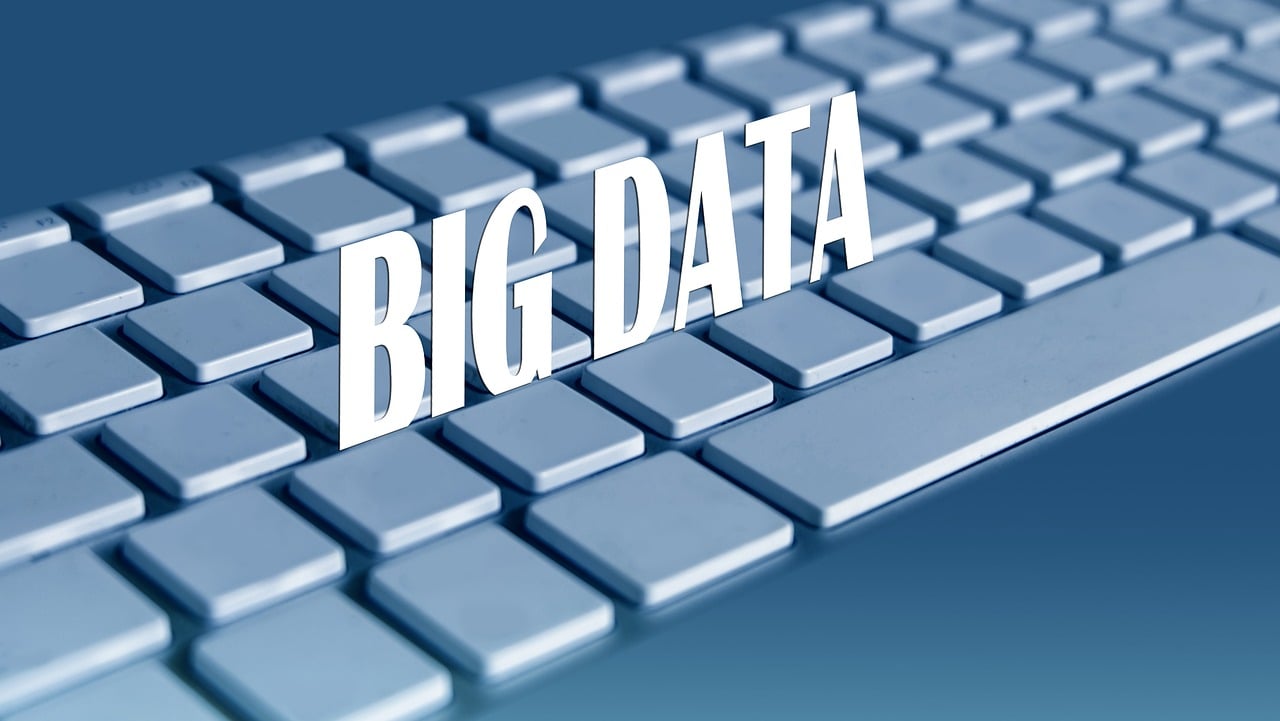
Discover how data-driven forecasting can transform decision-making for businesses, individuals, and organizations. Learn proven predictive analytics strategies, avoid common pitfalls, and strengthen data quality management for accurate, context-aware insights. This post is based on a portion of my book Is Data Failing Us? Rethinking Truth and Trust in Data
The Promise of Data: Success Stories of Data-Driven Forecasting
Empirical studies continue to validate the transformative potential of data-driven forecasting when strategically employed. Nwoke (2024) presents compelling evidence from the healthcare sector, demonstrating that predictive modeling significantly improves health outcomes by enabling more effective resource allocation, accurate disease forecasting, and identification of high-risk populations. By integrating diverse datasets—including electronic health records and public health databases—this study underscores how data quality management and synthesis enhance systemic responsiveness.
Similarly, Bakshi et al. (2024) illustrate the diagnostic power of predictive modeling in heart disease identification. Using a large dataset with multifaceted patient attributes, the researchers show how machine learning and deep learning techniques contribute to early detection and more precise risk stratification. These findings are not merely technical accomplishments; they highlight a critical shift toward evidence-based intervention in medicine.
Szukits and Móricz (2024) extend this logic to organizational behavior. Drawing from theories of information processing and agency, their study of Hungarian firms affirms that top-level managerial support and high-quality data significantly influence the emergence of an analytical culture. This culture, characterized by reliance on empirical evidence for decision-making with data, reflects a broader organizational epistemology—one that values numeric precision over intuition or precedent.
The Perils of Data: Risks in Predictive Analytics Strategy
While the promise of data is considerable, its perils are equally significant. Francis and Prevosto (2020) provide a sobering analysis of the role of poor data quality management in the 2008 global financial crisis. Their examination of the Madoff fraud and mortgage crisis reveals that basic statistical scrutiny could have identified fraudulent patterns and deteriorating mortgage quality. This study demonstrates that unchecked data-driven forecasting errors can trigger systemic collapse and warns against the illusion of certainty often attached to numeric outputs.
Bircan (2024) further illustrates the risks of over-reliance on algorithmic logic through the analysis of AI in EU migration management. Although these systems were praised for operational efficiency, they repeatedly failed to account for the complex sociopolitical and humanitarian factors driving migration. This finding underscores a critical limitation in many predictive analytics strategies: they often lack the nuance necessary to address multidimensional human realities.
Equally revealing is the study by Behimehr and Jamali (2020), which identifies twenty-eight distinct cognitive biases influencing information behavior among graduate students. The evidence suggests that even in academic environments, users are prone to confirmation bias, anchoring effects, and choice-supportive reasoning. These biases compromise the objectivity of decision-making with data and reinforce the reality that all data use is inherently interpretive. Recognizing and mitigating these biases is essential for anyone relying on forecasting tools, especially in contexts where precision and impartiality are presumed.
Key Insights for Businesses, Individuals, and Organizations
The research above demonstrates that data-driven forecasting, planning, and decision-making succeed or fail depending on three core factors: data quality, contextual understanding, and organizational culture.
For Businesses
·Integrate context into predictive analytics strategy: As Nwoke (2024) and Bakshi et al. (2024) show, forecasting models achieve the best results when diverse, high-quality datasets are integrated and interpreted with industry-specific context.
·Foster a culture of analytical rigor: Szukits and Móricz (2024) demonstrate that leadership commitment and robust data quality management systems are essential for shifting from intuition-driven to evidence-based operations.
·Interrogate forecasts before acting: As Francis and Prevosto (2020) reveal, flawed data can collapse entire systems. Validate assumptions before executing major decisions.
For Individuals
·Use algorithms as guides, not authorities: Bircan (2024) highlights that predictive models can miss key human and social variables. Combine machine insight with lived experience.
·Recognize personal bias in interpreting forecasts: Behimehr and Jamali (2020) show that even well-educated users can misread data due to cognitive bias.
·Diversify information sources: Drawing from multiple independent datasets reduces the risk of over-reliance on a single flawed model.
For Organizations
·Prioritize data governance and integrity: Clean, validated, and well-documented datasets are the foundation of accurate data-driven forecasting.
·Invest in critical data literacy training: Go beyond technical training to include bias awareness and contextual analysis.
·Continuously refine predictive analytics strategy: Compare forecasted outcomes with actual results to iteratively improve model accuracy.
Conclusion: From Insight to Action
The evidence suggests that data-driven forecasting can deliver extraordinary benefits—but only when grounded in rigorous data quality management, deployed through a context-aware predictive analytics strategy, and used with humility about its limitations. Whether in healthcare, business, public policy, or personal decision-making, the best outcomes arise from a balanced approach that blends data with human judgment.
